Ralph Emerson Ramey, Jr., a passionate advocate for wildlife conservation and environmental education, leaves behind a remarkable legacy that touched the lives of countless individuals. Born on December 4th, 1928, in Columbus, Ohio, Ralph’s journey into the world of nature began on his educational path at The Ohio State University. Ramey’s early exposure to the outdoors during his time at Ohio State laid the foundation for his lifelong love of nature. He would later become an instrumental figure in the preservation of the state’s natural areas and habitats.
During his time at The Ohio State University, Ramey hit the ground running as a first-year student of Agriculture in the late 1940s. He spent his first year at Ohio State serving as a founder, vice president, and (ultimately) president of the Student Nature Club. Although the club disbanded by the time Ramey completed his undergraduate studies, the group was extremely active, often hosting professors, lecturers, and federal officials to discuss wildlife, national parks, and conservationism. Throughout these events, photographs of different areas of the United States were presented on Kodacolor slides—perhaps directly influencing Ramey’s passion for photography.
In addition to his studies and involvement with the Student Nature Club, Ramey played the e-flat alto horn in the TBDBITL Marching Band. Ramey’s involvement in the Marching Band was a family tradition spanning three generations of Buckeyes, including that of his father, brother, and son. Ramey graduated with a Bachelor of Science in Agriculture and Master of Science in 1950 and 1976, respectively. After completing his degrees, Ramey continued his involvement with TBDBITL as a two-time Ohio State alum and lifetime member of the Alumni Association.
After serving stateside for the US Army during the Korean War, Ramey took a position with Pfizer Labs, which included traversing through the unglaciated portion of southwestern Ohio. It was at this time when Ramey’s career took a turn towards wildlife and habitat preservation, parks, and environmental education. From working at the Ohio Department of Natural Resources, serving on the Board of Trustees for Ohio History Connection, to becoming the Director of Glen Helen Nature Preserve in Yellow Springs, OH, Ramey’s contributions to environmental conservation were vast and far-reaching, impacting Ohioans to this day.
Ramey’s dedication to preserving the natural beauty extended to his photography. He became a prolific nature photographer, cataloging the diverse flora and fauna of Ohio and beyond. His stunning images captured the essence of the natural world, inspiring others to appreciate and protect the environment. Beyond his hands-on work in conservation, Ralph’s passion for sharing his knowledge led him to write several books about hiking in Ohio. His works, such as the 50 Hikes in Ohio series and Walks and Rambles in Southwestern Ohio, became go-to resources for nature enthusiasts seeking to explore the state’s hidden treasures.
Throughout his life, Ramey actively participated in numerous organizations, serving on boards and committees dedicated to preserving Ohio’s natural heritage. His tireless efforts earned him numerous awards and accolades, including (but not limited to) the following: Ohio Academy of Science; The Buckeye Trail Association; The Ohio Natural Resources Hall of Fame; Ohio Biological Survey; Audubon Society; and Ohio History Connection.
Ralph Ramey’s legacy as an icon of environmental conservation will forever be etched in the hearts of those he touched. His dedication to preserving nature, educational contributions, and love for the great outdoors continue to inspire a deep sense of responsibility for safeguarding our local treasures. Ramey’s journey of advocacy and education serves as a guiding light for future generations, inspiring us all to protect and cherish the environment for years to come.
Read Ramey’s remarks from a speech to Glen Helen in October 2007, where he served as director for seventeen years: https://www.glenhelen.org/post/ralph-ramey-icon-for-an-era



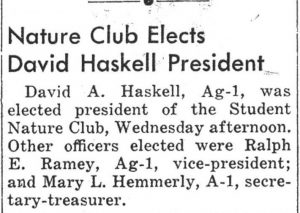
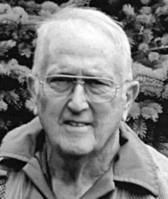

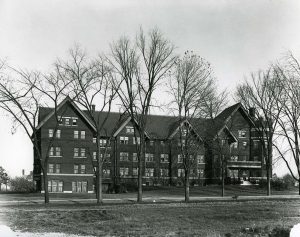

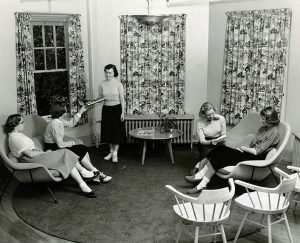


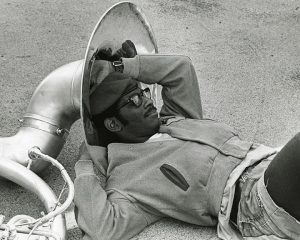

Recent Comments